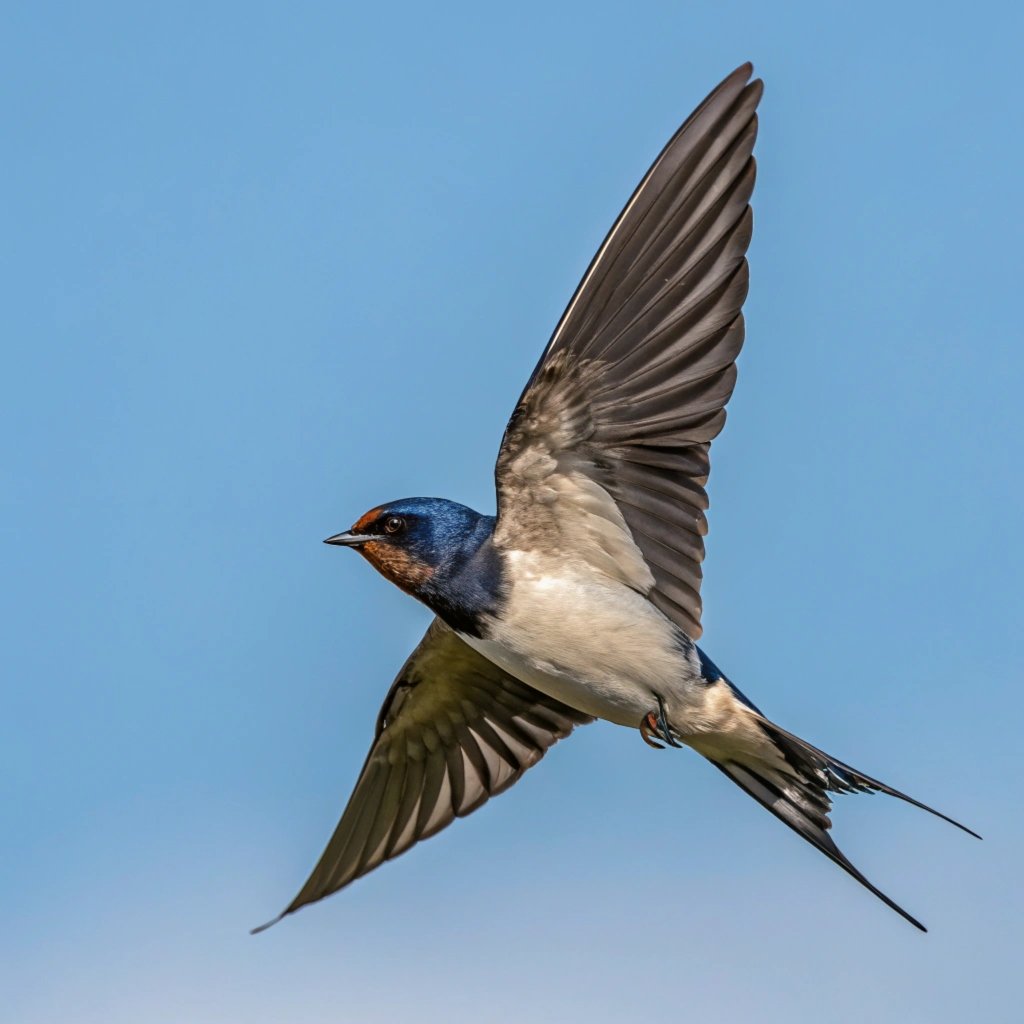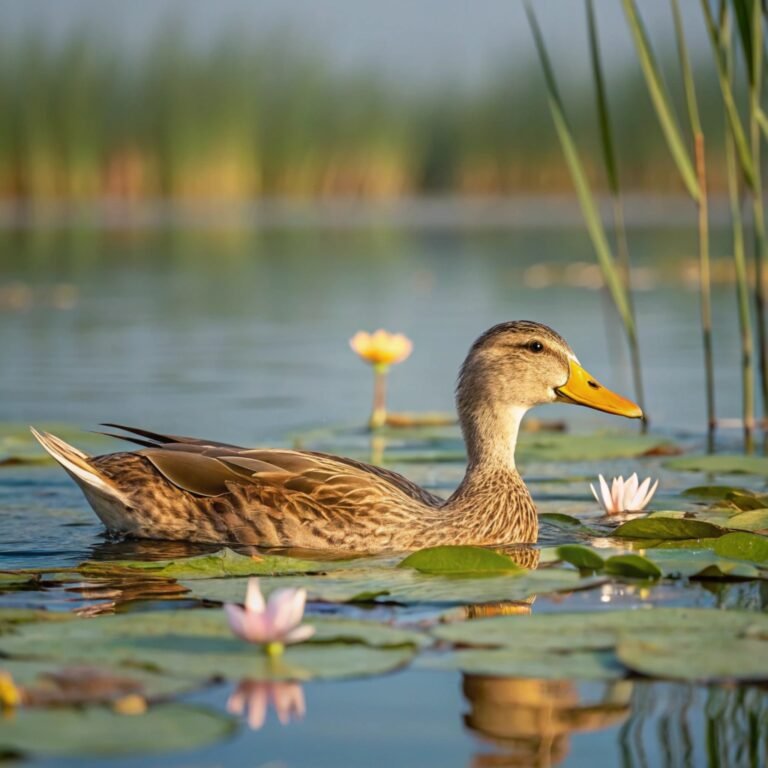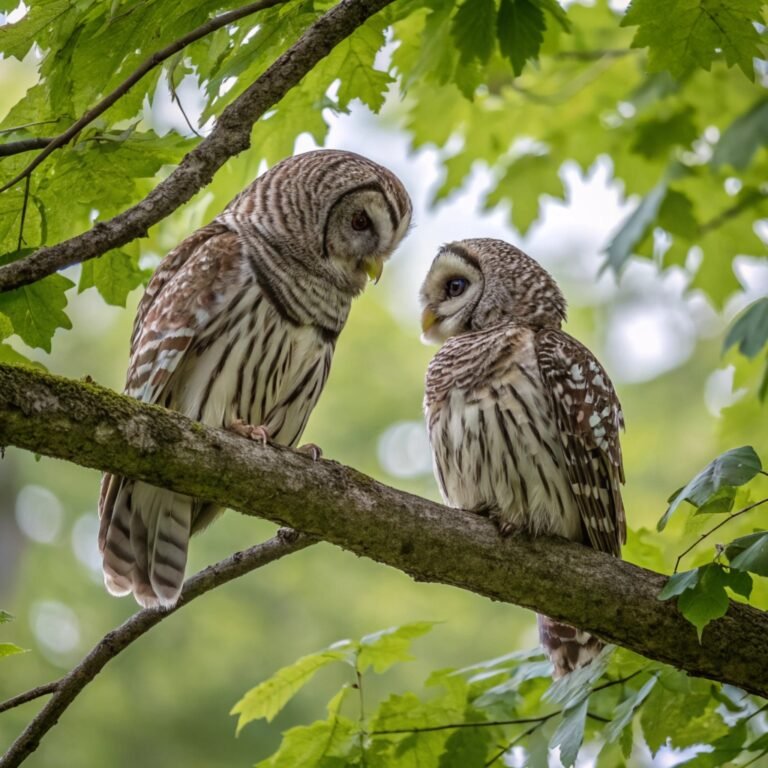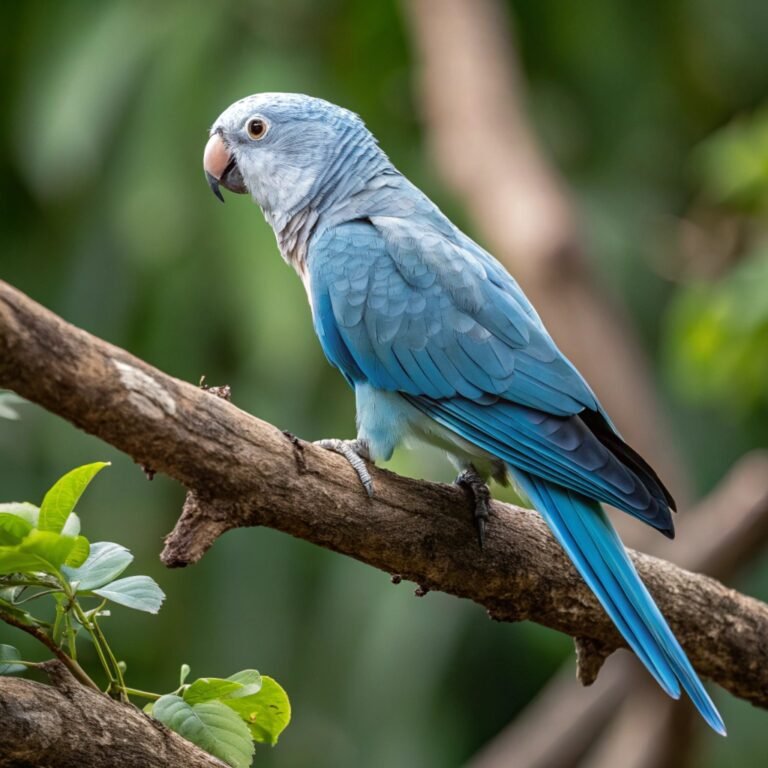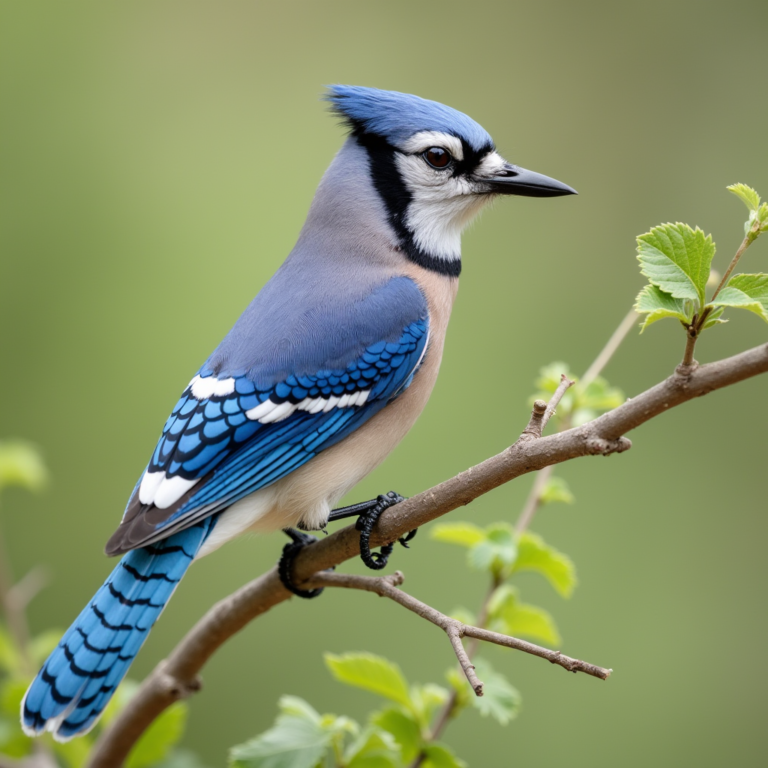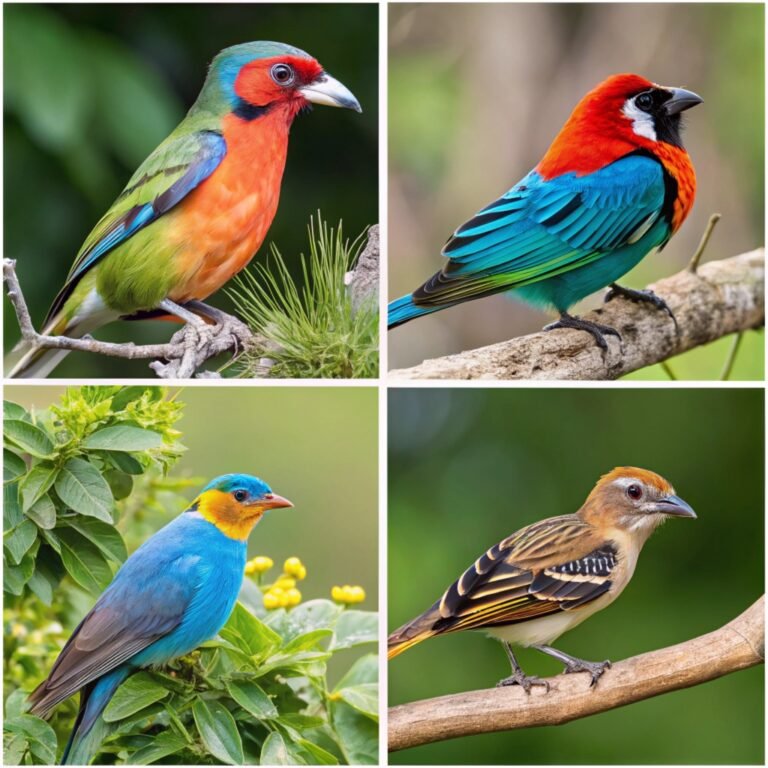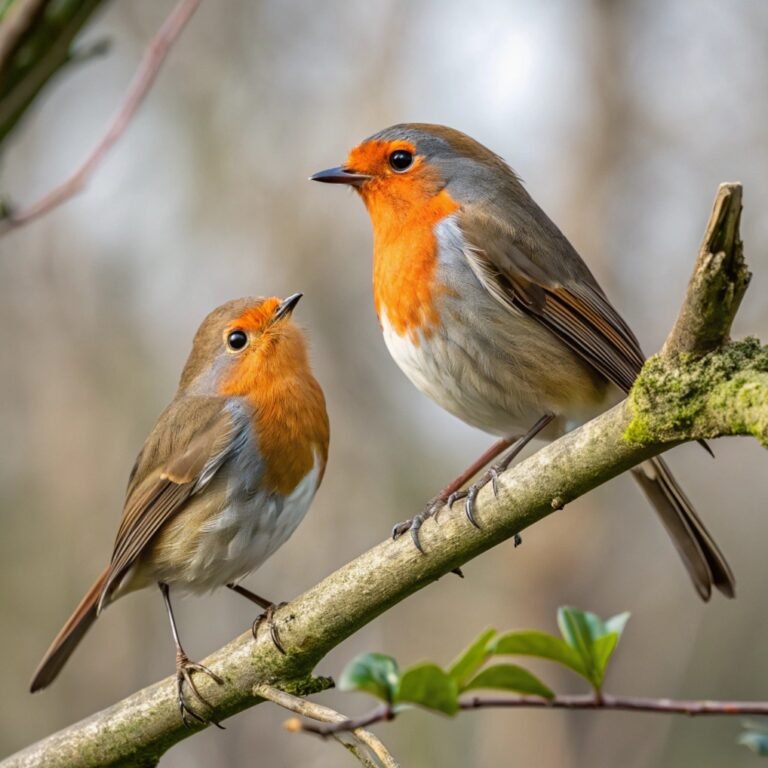The Swallow Bird: Nature’s Aerial Acrobat, Symbol of Freedom, and Harbinger of Hope
Swallows are remarkable birds that have captured the imagination of humans for centuries.
These small, agile flyers are known for their distinctive forked tails, aerial acrobatics, and long migrations.
As symbols of hope, freedom, and renewal, swallows hold a special place in various cultures around the world.
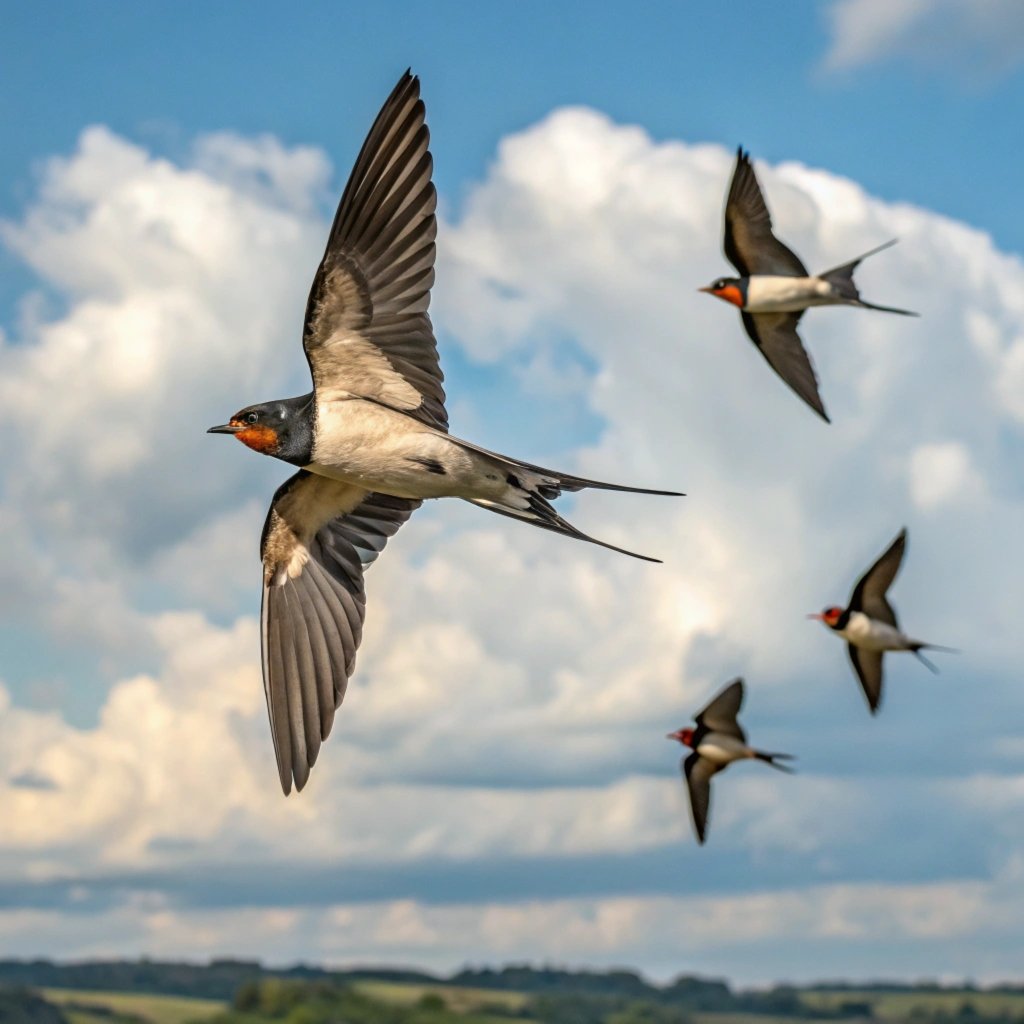
Key Takeaways:
- Swallows are small, graceful birds with forked tails and exceptional flying abilities.
- They are highly adaptable and can be found in various habitats, including open fields, woodlands, and urban areas.
- Swallows are migratory birds, undertaking long journeys between breeding and wintering grounds.
- Many swallow species build mud nests on man-made structures or natural sites.
- These birds are insectivores, catching their prey in flight with remarkable precision.
- Swallows are social birds, often forming large flocks during migration and in winter.
- They have a rich cultural significance, symbolizing hope, freedom, and the arrival of spring in many societies.
- Some swallow species, like the barn swallow, have a close association with humans and are considered beneficial for insect control.
- Swallows use a wide range of vocalizations for communication and social bonding.
- Their nesting habits and migration patterns make them popular subjects for scientific study and bird enthusiasts alike.
The Diverse World of Swallows: Species and Characteristics
Swallows belong to the family Hirundinidae, which includes approximately 90 species worldwide.
These birds are characterized by their sleek bodies, pointed wings, and forked tails, adaptations that make them exceptionally agile flyers.
Some of the most well-known species include the barn swallow (Hirundo rustica), tree swallow (Tachycineta bicolor), and cliff swallow (Petrochelidon pyrrhonota).
Each species has its unique features and behaviors, but all share the common traits of being highly aerial and insectivorous.
Swallows come in various colors, from the iridescent blue-black of the barn swallow to the pure white underparts of the tree swallow.
Their size ranges from the tiny 10-gram bank swallow to the larger purple martin, which can weigh up to 60 grams.
These birds have short legs and small beaks, perfectly adapted for catching insects in flight and perching on wires or branches.
Habitat Preferences and Nesting Behaviors
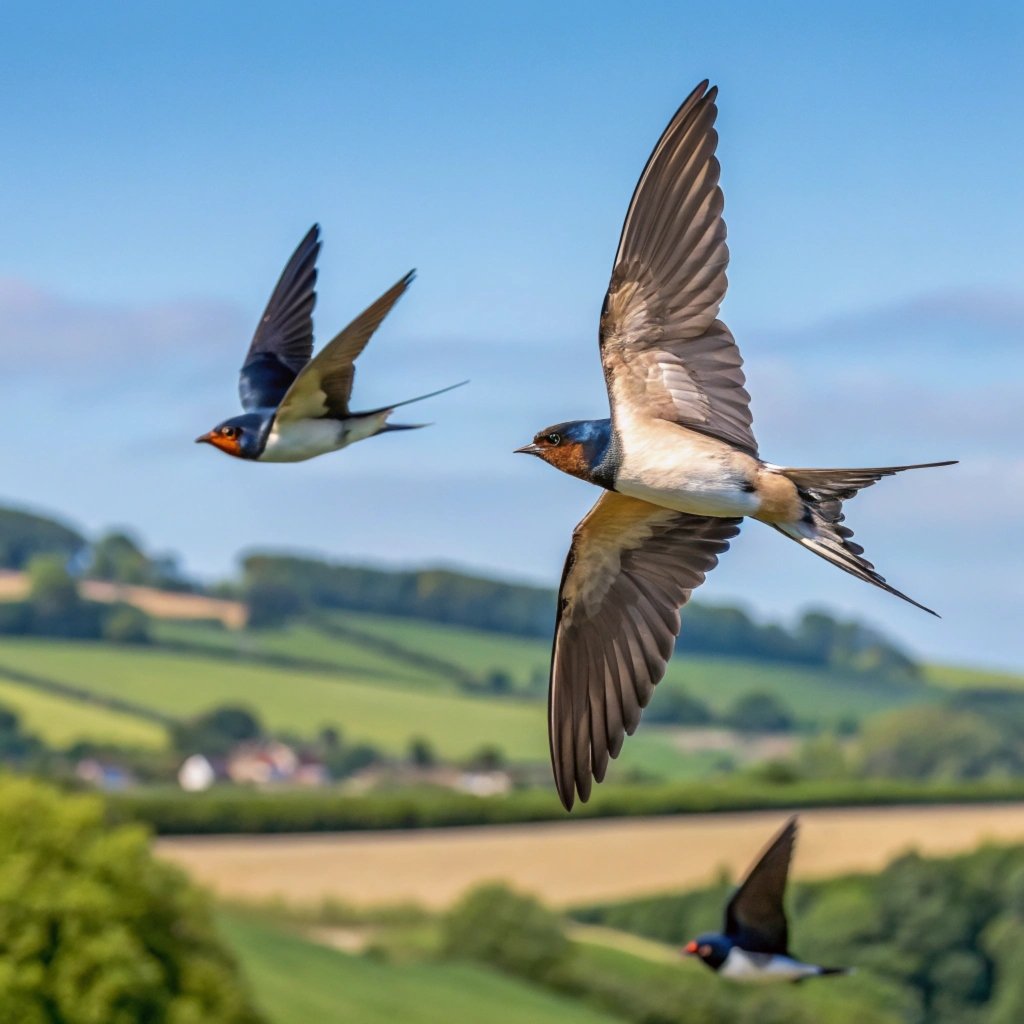
Swallows are highly adaptable birds that can thrive in a wide range of habitats. They prefer open areas with access to water, such as grasslands, meadows, farmland, and wetlands.
Many species have adapted well to human-altered landscapes, including agricultural areas and urban environments.
The key factors in their habitat selection are the availability of flying insects for food and suitable nesting sites. Swallows are known for their unique nesting habits, with many species constructing mud nests on vertical surfaces.
The barn swallow, for instance, builds cup-shaped nests on beams and ledges in barns and other structures.
Cliff swallows create gourd-shaped nests in large colonies on cliffs or under bridges. Some species, like the tree swallow, prefer natural or artificial cavities for nesting.
The adaptability of swallows to human structures has led to a close association with people, often making them welcome guests in rural and suburban areas.
Aerial Acrobatics: The Swallow’s Remarkable Flight Abilities
Swallows are masters of the air, renowned for their exceptional flying skills. Their streamlined bodies and long, pointed wings allow them to perform incredible aerial maneuvers with ease.
These birds can swoop, dive, and change direction rapidly, making them highly effective insect hunters. Swallows are capable of sustained flight for long periods, often feeding and even drinking on the wing.
Their flight patterns are characterized by quick turns and graceful glides, interspersed with bursts of speed when chasing prey.
During courtship, male swallows showcase their flying prowess with elaborate aerial displays to attract mates.
The barn swallow, in particular, is known for its agile flight, able to navigate through small openings in barns and other structures with precision.
This mastery of flight not only aids in their survival but also contributes to their reputation as symbols of freedom and grace in many cultures.
Migration Marvels: The Long Journeys of Swallows
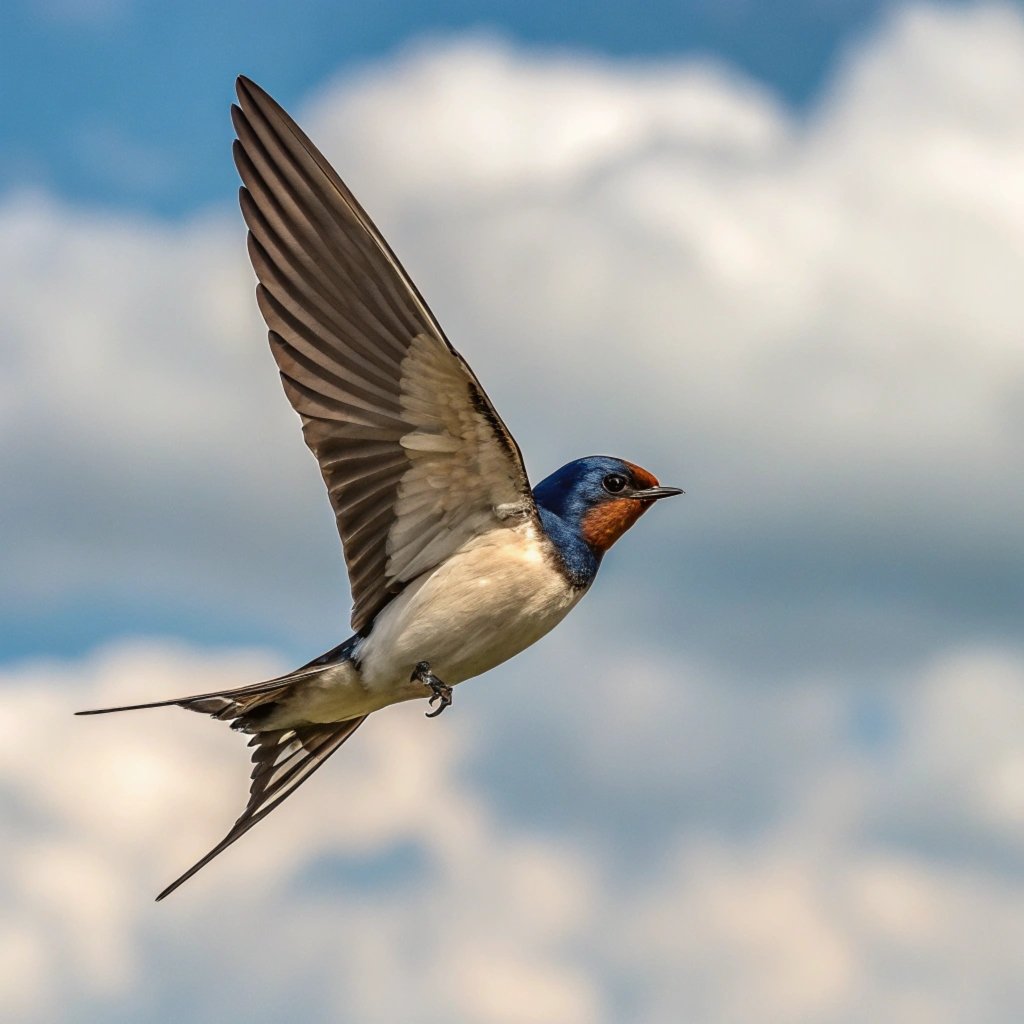
Swallows are migratory birds that undertake remarkable long-distance journeys between their breeding and wintering grounds. These migrations are triggered by changes in daylight, temperature, and food availability.
For example, the barn swallow migrates from North America to Central and South America, covering thousands of miles each year.
During these journeys, swallows travel in large flocks, often flying at high altitudes to take advantage of favorable winds.
They make frequent stops to rest and refuel, often congregating in massive numbers at roosting sites.
The timing and routes of swallow migrations are influenced by various factors, including wind patterns, weather conditions, and geographical features like coastlines and mountain ranges.
Some swallow species, such as those in temperate regions, may migrate shorter distances or even remain in their breeding areas year-round if conditions allow.
The ability of these small birds to navigate across vast distances and return to the same nesting sites year after year continues to fascinate scientists and bird enthusiasts alike.
Feeding Habits: Aerial Insectivores Par Excellence
Swallows are specialized aerial insectivores, meaning they catch and consume insects while in flight.
Their diet consists primarily of flying insects such as flies, mosquitoes, and beetles. This feeding strategy makes them highly beneficial to humans, as they help control insect populations, including many agricultural pests.
Swallows have excellent eyesight and can spot tiny insects from a distance. They use their wide, gaping mouths to scoop up prey as they fly, often consuming hundreds of insects in a single day.
The timing and size of insect prey can vary depending on the season and the needs of growing chicks. Swallows are known to adjust their foraging height based on weather conditions and insect availability.
During breeding season, they tend to feed closer to their nests, while at other times, they may range more widely in search of food.
Some species, like the barn swallow, have been observed following large animals or farm machinery to catch insects stirred up by their movement, showcasing their adaptability in foraging techniques.
Social Behavior and Communication
Swallows are highly social birds, often forming large flocks outside of the breeding season. This social nature is evident in their communal roosting habits, where thousands of birds may gather in reed beds or other suitable locations.
During the breeding season, many swallow species nest in colonies, which can provide protection from predators and increase foraging efficiency.
Swallows communicate through a variety of vocalizations, including chirps, twitters, and warbles. These sounds play crucial roles in mate attraction, territory defense, and maintaining social bonds within the flock.
Some species, like the barn swallow, have complex songs that males use to attract females and defend their territories. Swallows also use body language and flight displays as forms of communication.
Their social behavior extends to cooperative breeding in some species, where young birds from previous broods may help their parents raise new chicks.
This complex social structure contributes to the swallow’s success as a species and their ability to adapt to various environments.
Nesting Habits: Mud Architects and Cavity Dwellers
Swallows exhibit a diverse range of nesting behaviors, with many species being renowned for their mud-building skills. The barn swallow and cliff swallow are prime examples of mud nest builders, constructing intricate cup-shaped or gourd-shaped structures.
These nests are made by collecting mud pellets in their beaks and mixing them with grass and feathers for lining.
The location of nests varies by species, with some preferring natural sites like cliff faces, while others have adapted to use man-made structures such as barns, bridges, and houses.
Some swallow species, like the tree swallow and purple martin, are cavity nesters, utilizing natural tree hollows or artificial nest boxes.
The construction and placement of nests are critical for the survival of eggs and chicks, providing protection from predators and harsh weather.
Many swallow species return to the same nesting sites year after year, often repairing and reusing old nests.
This nesting fidelity has led to a close association with humans in many areas, with people actively providing nesting sites to attract these beneficial birds.
Cultural Significance and Symbolism
Swallows have held a special place in human culture for centuries, often symbolizing hope, renewal, and the arrival of spring. In many societies, the return of swallows after their long migration is seen as a sign of good fortune and the beginning of warmer weather.
Sailors traditionally viewed swallows as symbols of safe return, believing that sighting these birds meant land was near.
In some cultures, having a swallow’s nest on one’s property is considered lucky, thought to bring protection and prosperity to the household.
The barn swallow is the national bird of Austria and Estonia, highlighting its cultural importance in these countries.
Swallows have also inspired art, literature, and folklore across various cultures, often depicted as messengers or symbols of freedom.
Their graceful flight and long migrations have made them powerful metaphors for journey, transformation, and the human spirit.
This rich cultural significance has contributed to conservation efforts and public appreciation for these remarkable birds.
Conservation Challenges and Human Impact
While many swallow species have adapted well to human presence, they face various conservation challenges.
Habitat loss due to urbanization and changes in agricultural practices has affected some populations.
The decline of suitable nesting sites, particularly for species that rely on old barns or natural cavities, is a concern in some areas. Climate change poses potential threats to swallows by altering their migration patterns and the availability of insect prey.
Pesticide use can reduce insect populations, impacting the swallows’ food supply. Some species, like the barn swallow, have experienced population declines in parts of their range, though they remain widespread and abundant globally.
Conservation efforts focus on protecting nesting sites, providing artificial nest structures, and promoting insect-friendly land management practices.
Public education about the benefits of swallows, particularly their role in insect control, has helped foster positive attitudes towards these birds.
Citizen science projects tracking swallow migrations and populations have also contributed valuable data for conservation efforts.
Fascinating Adaptations: From Flight to Physiology
Swallows possess a range of remarkable adaptations that enable their unique lifestyle. Their streamlined body shape and long, pointed wings are perfectly suited for efficient, agile flight.
The short legs and small feet of swallows are adapted for perching on wires or branches rather than walking on the ground.
Their wide, flat beaks with a large gape are ideal for catching insects in flight. Swallows have excellent vision, crucial for spotting small insects while flying at high speeds.
Some species have developed physiological adaptations to cope with long migrations, including the ability to enter a state of torpor to conserve energy during cold nights.
The mud-building abilities of many swallow species showcase their behavioral adaptations, with some able to construct complex nests using only their beaks.
The social behavior of swallows, including their tendency to form large flocks, is an adaptation that provides protection from predators and improves foraging efficiency.
These various adaptations have allowed swallows to thrive in diverse environments and undertake some of the most impressive migrations in the bird world.
Breeding Behavior and Parental Care
Swallows exhibit interesting breeding behaviors and dedicated parental care. Most species are monogamous, forming pair bonds that may last for a single breeding season or, in some cases, for multiple years.
The breeding season typically begins with the male selecting a nesting site and attracting a female through aerial displays and vocalizations.
Once paired, both male and female participate in nest building or renovation. Females usually lay 3-7 eggs, which are incubated for about two weeks.
After hatching, both parents are involved in feeding the chicks, making numerous trips to bring insects to the nest. Swallow chicks grow rapidly, fledging after about 3-4 weeks.
Some species, like the barn swallow, may produce multiple broods in a single season if conditions are favorable.
The fledgling period is critical, with parents continuing to feed and protect young birds as they learn to fly and forage.
This intensive parental care contributes to the relatively high survival rate of swallow chicks compared to some other bird species.
FAQs
What is the lifespan of a swallow?
The average lifespan of a swallow in the wild is typically 4-5 years, although some individuals have been known to live up to 10-12 years.
Do swallows return to the same nest each year?
Many swallow species exhibit strong site fidelity, often returning to the same nesting area year after year. Some may even reuse the same nest, repairing and rebuilding it as needed.
How far do swallows migrate?
Migration distances vary by species, but some swallows, like the barn swallow, can travel up to 7,000-8,000 miles (11,000-13,000 km) during their annual migration.
Are swallows beneficial to humans?
Yes, swallows are highly beneficial as they consume large quantities of flying insects, including many agricultural pests and mosquitoes, helping to control these populations naturally.
How can I attract swallows to my property?
To attract swallows, provide suitable nesting sites such as open barns or artificial nest cups, maintain open areas for foraging, and avoid using pesticides that could reduce insect populations.

Hello, I’m Emily Price, the founder of Birds Affection. As a passionate bird enthusiast and spiritual seeker, I’ve always been fascinated by the symbolic meanings and mystical connections between birds and our lives. On this website, I share my knowledge and insights on the spiritual significance of various bird species, exploring their roles as messengers, guides, and teachers. Through my writing, I aim to inspire and educate others on the profound wisdom and beauty that birds bring to our world. Join me on this journey as we delve into the enchanting realm of bird symbolism and discover the hidden meanings behind these magnificent creatures.

